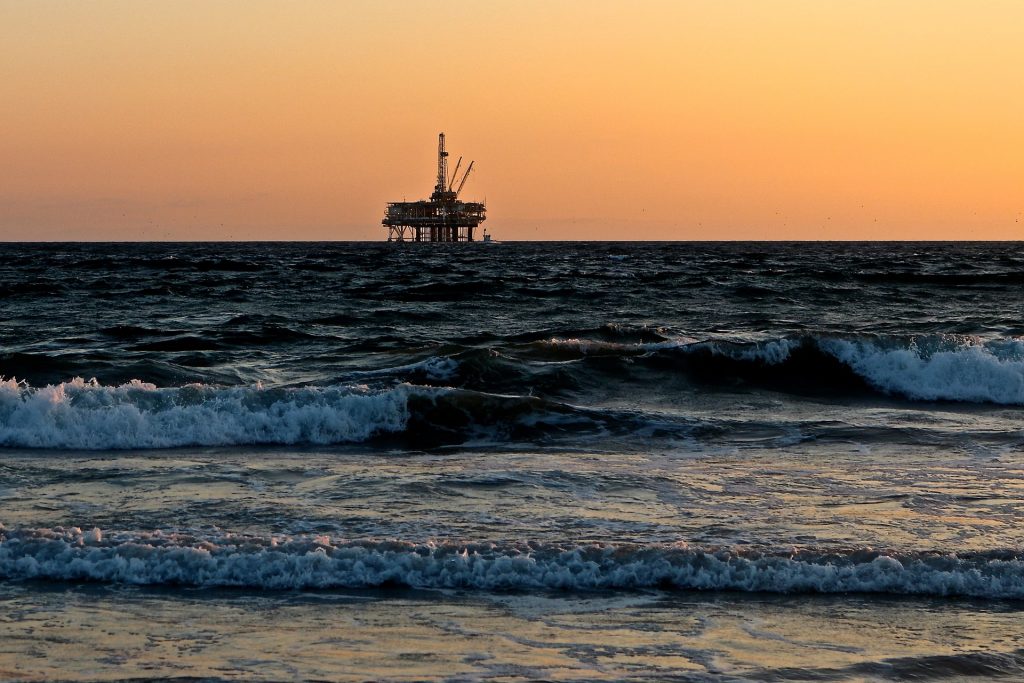
How Environmentally Sound is the Petrochemical Industry?
This blog looks at the challenges the petrochemical industry faces when it comes to the environment. It also specifically focuses on the part that microporous technology and mica products play in helping the industry meet these challenges.
Demand and Impact
The petrochemical industry’s impact on the environment is substantial. According to the Financial Times, it accounts for 18% of the global total of carbon dioxide emissions. This is a significant proportion if less than steel and cement, which rely mainly on coal.
It produces huge amounts of waste, included masses of discarded plastic.
Petrochemical production also involves major use of water, adding to increased demand and shortages in certain parts of the world.
However, the petrochemical market is also growing substantially. Petrochemicals are crucial in many leading industries, including automotive and telecommunications. Also, petrochemicals contribute to those industries regarded as leading the way in environmentally-friendly energy generation. This includes solar panels and wind turbines.
The IEA (International Energy Agency) says that demand for petrochemical products is surging, especially for plastics. Petrochemicals are becoming the largest driver of global oil demand.
This, then, is the chief dilemma the industry faces. It must continue to meet rising demand while finding ways to mitigate its environmental impact and develop new strategies to become more environmentally sound.
But what measures does the industry currently take to conserve energy and protect the environment?

Hazardous Processing Environments
The processing of petrochemicals is, by its nature, hazardous.
Offshore and chemical process industries require superior levels of high temperature insulation. This includes the use of materials that offer resistance to both high temperatures and thermal shock.
This insulation not only protects the processes and the people working in the industry but also the environment itself. It also helps to control the amount of energy these processes require.
With offshore platforms, for example, there is a risk of explosion and hydrocarbon fire, as occurred on the Piper Alpha platform in 1988. The fires from the accident created flames that reached heights of around 200 metres and a peak energy consumption rate that was three times the rate of total UK energy consumption.
More recently, in 2010, there was an explosion on the Deepwater Horizon oil rig in the Gulf of Mexico. This triggered a disastrous oil spill. The equivalent of around 5,000 barrels a day spilling into the sea, 50 miles from the coast of Louisiana.
Platforms require extensive insulation. This needs to be effective for fire protection but lightweight to reduce the cost of supporting excessive topside weight on offshore platforms.
Also, process plant equipment requires insulation to maintain their structural integrity and protect them against fire. This equipment includes pipes and valves.
High Temperature Insulation Solutions For The Petrochemical Industry
To guarantee a correct, safe petrochemical processing cycle, pipes require internal conditions within set parameters. Insulation helps to ensure this.
The main aims of high temperature insulation in piping are:
- The reduction of heat loss to save on costs
- Protection against extremes in temperature, whether high or low
- Reduction of carbon dioxide emissions
- Prevention of condensation; and
- Process control.
A key form of high temperature insulation in petrochemical processing pipework is based on microporous technology, where micro-pores of dispersed silica enable effective heat transfer.
Another insulation product used in the petrochemical industry is mica. Mica is a lightweight material which combines natural mineral qualities with durability and adaptability.
One of its applications is the insulation of valves in petrochemical processing.
Combined with microporous materials, mica also offers very thin, engineered insulation systems.

The Future Of The Petrochemical Industry
Demand for petrochemicals is set to continue to grow, while the industry must respond to environmental issues by balancing strategy and performance.
An example of a long-term strategy, and challenge, for the petrochemical industry is to embrace a more circular economy. So, in practical terms, this will mean managing waste far more effectively.
In this, processing and processing materials will take on an even greater significance.
In the longer term, the industry will no longer be able to rely as heavily on the growing demand of emerging markets or feedstock – the supply of raw materials to fuel processes.
This is because awareness of environmental protection will drive change in these areas, and bring about more restrictive controls on petrochemicals.
Increased R&D in sustainable chemical production, combined with a reduced reliance on single-use plastics and improved waste management will all contribute to how the petrochemical industry evolves in the 21st century.
Specialising in High Temperature Insulation
As specialists in high temperature insulation for this sector, we aim to continue to contribute to innovation and improvements in petrochemical production and processing with specialist products designed for this purpose. We also have a prototyping capability for both problem-solving and production testing.
